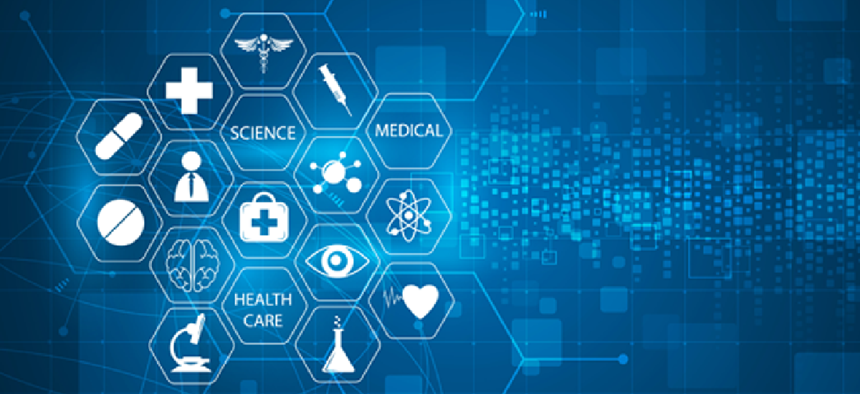HHS releases cyber guides for healthcare orgs

The Department of Health and Human Services has rolled out new guidance to protect organizations in the health care sector from cyberattacks.

The Department of Health and Human Services rolled out new guidance to protect organizations in the health care sector from cyberattacks.
The publications are the end result of a requirement in the 2015 Cybersecurity Act to align healthcare security practices and are being marketed by HHS as a starter kit for both IT and non-IT health care professionals to improve baseline cybersecurity. HHS Deputy Secretary Eric Hargan said the guidelines are meant to give "practical, understandable, implementable, industry-led, and consensus-based voluntary cybersecurity guidelines" to "local clinics, regional hospital systems, [and] large health care systems."
The publication focuses on some of the most common attack vectors used to compromise health care organizations (email phishing, ransomware, data breaches, insider threats and targeted attacks against connected medical devices) and provides basic best practice advice on how to identify and mitigate each threat.
The size of an organization is one of the most "critical" cybersecurity variables identified by the task force, and it released technical supplements tailored to small, medium and large healthcare organizations. Smaller practices tend to have fewer dedicated IT and cybersecurity staff but operate in a significantly less complex IT environment. Medium and large organizations tend to have more resources at their disposal but are bigger targets, more dispersed geographically, share information with more partners and operate in highly complex IT environments that widen the attack surface for hackers.
According to a foreword by the task force's co-chairs, Julie Chua, an HHS risk management specialist in the Office of the Chief Information Officer and Eric Decker, chair of the Association of Executives in Health Care Information Security, the guidance is voluntary for all organizations and draws heavily from the Cybersecurity Framework developed by the National Institute for Standards and Technology.
The healthcare sector continues to be an attractive target for hackers, where a lack of cybersecurity standards, a proliferation of internet-connected devices and a longstanding industry push to digitize health records has provided plenty of opportunity for data theft and disruption.
Approximately one quarter of computers infected with the notorious SamSam ransomware virus in 2018 were health organizations and healthcare was "by far the most targeted sector" in the attacks, according to cybersecurity company Symantec.
Additionally, the rising value of health information makes recovering from a serious data breach prohibitively expensive. A 2018 study conducted by the Ponemon Institute and underwritten by IBM found that healthcare organizations lose about $408 for every document lost or stolen in a data breach, far more than any other sector and nearly twice as much as the second most expensive sector, financial services, at $206 per document.
Vulnerabilities discovered in connected medical devices such as pacemakers and insulin pumps have also alarmed some lawmakers and regulators. Last year, the Food and Drug Administration released updated technical guidance for health technology vendors, but an Inspector General report issued in November 2018 said the agency still hadn't "sufficiently assessed medical device cybersecurity" or developed recall procedures for vulnerable devices once they've hit the market.
Several bills designed to bolster cybersecurity requirements for Internet-connected medical devices were introduced in the last session of Congress, though none passed.





